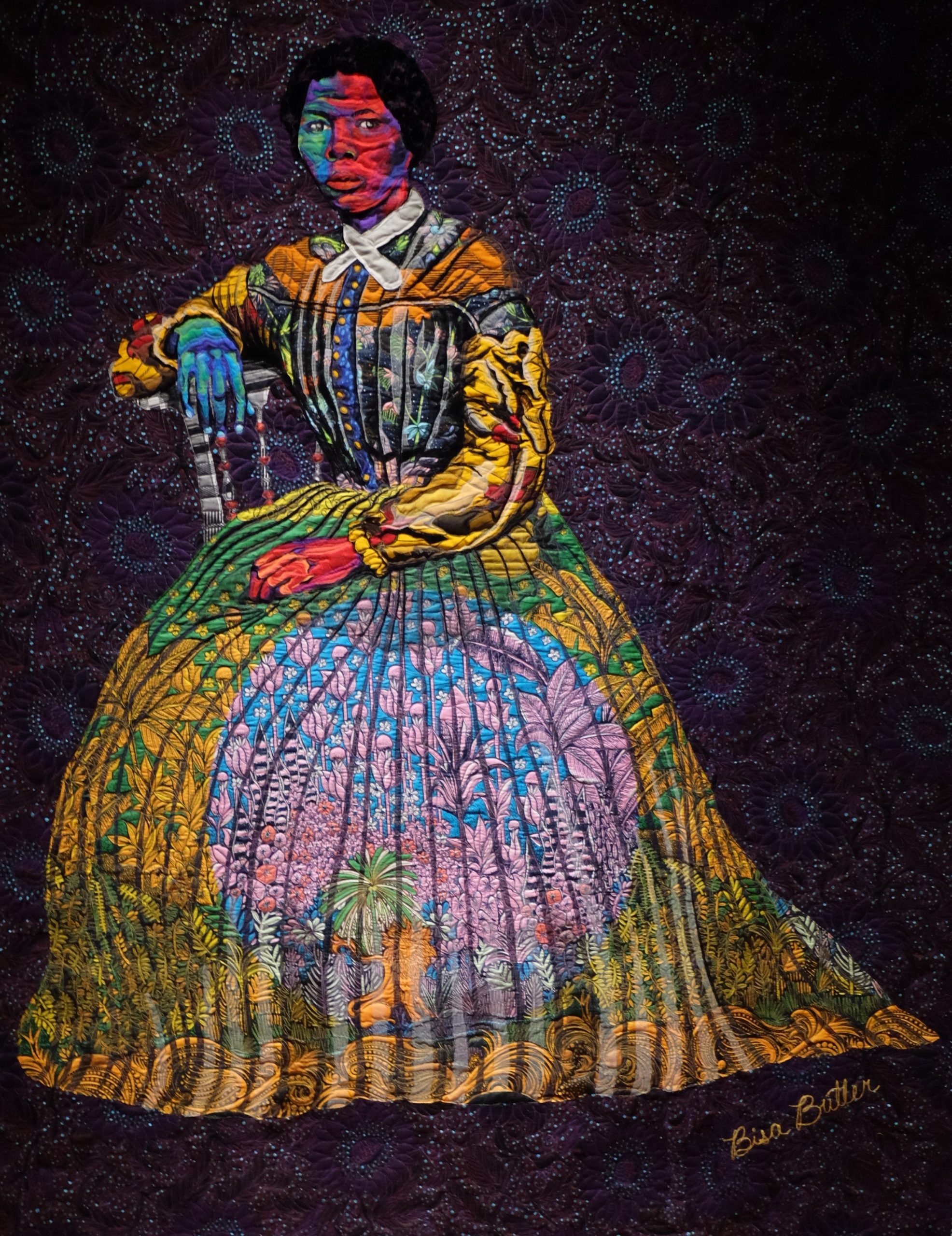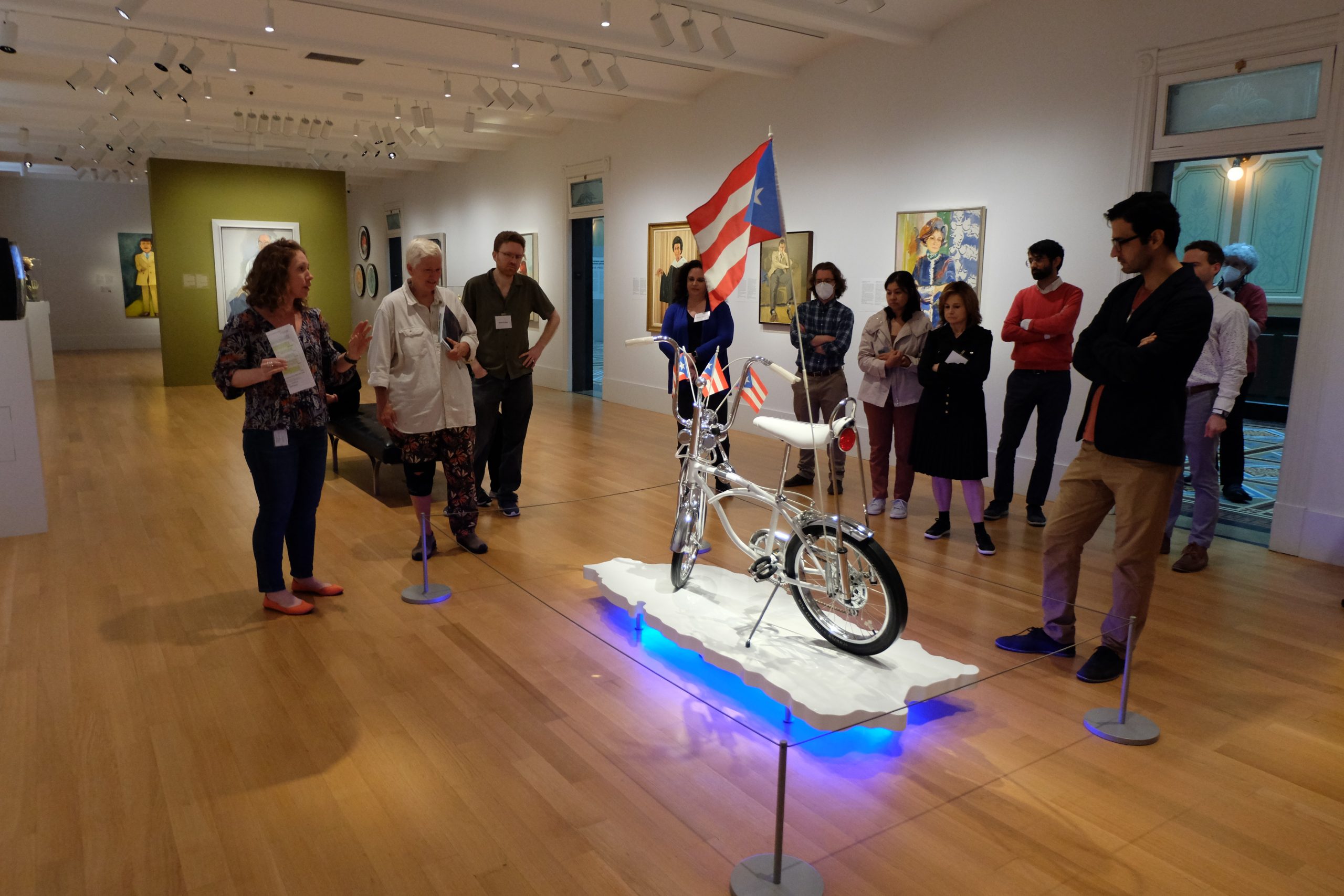When I last visited the National Museum of African American History and Culture, I started…
by Gina Wesley, Professor, Biology
When 2020 dawned and the beginning of the Smithsonian Fellowship was quickly approaching, I was eagerly creating a rough draft of my field trip to the Deep Time exhibit at the Smithsonian’s National Museum of Natural History. At the same time, unbeknownst to me, SARS-CoV-19 had already leaped from our fractured ecosystem and was circulating in human populations far from our shores. Ignorantly, and blissfully going about my daily activities as the semester rose above the horizon, humans across the globe were traveling and gathering, and gathering and traveling. Along with those humans, Covid-19 crept over the landscape, the shadows, the safe spots, becoming smaller. These events unwittingly created a horrific but beautiful example of population ecology, density dependent factors, and calculus in biology that I will tragically incorporate into the very semester that had just risen.
At the end of April, most of the American masses were only vaguely aware of the approaching pandemic. For me, I recall pushing away discomforting thoughts about what it could mean for things I viewed as critical – my classes, my plans. In early March my field trip to the Natural History Museum was planned, the wavers freshly signed, when the world started to shift. The coronavirus had reached the shores of North America and was clearly starting to ripple into the continent. The trip was scheduled for that weekend – the weekend before spring break. We decided to go for it, but made it optional for students. Most students came, but there was a sense of danger and uncertainty as we gathered at the museum. The exercise went very well – students were excited to be there and we enjoyed sharing the grandeur of the hall of fossils together. Remember being together?
The next week the world closed its doors. I still remember the feeling – the change in air pressure – as life’s doors shut behind you. The last two days of classes before spring break were cancelled, and the frantic ten-day scramble to reinvent education on a global scale began.
When summer ended with no clear path out of the epidemic, I finally accepted that I would need to develop a virtual Smithsonian experience. Serendipitously, the Hall of Human Origins has an online interactive timeline on human evolution that includes how close we came to extinction around 80,000 years ago. A sobering lesson to digest in the full light of day.





This Post Has 0 Comments